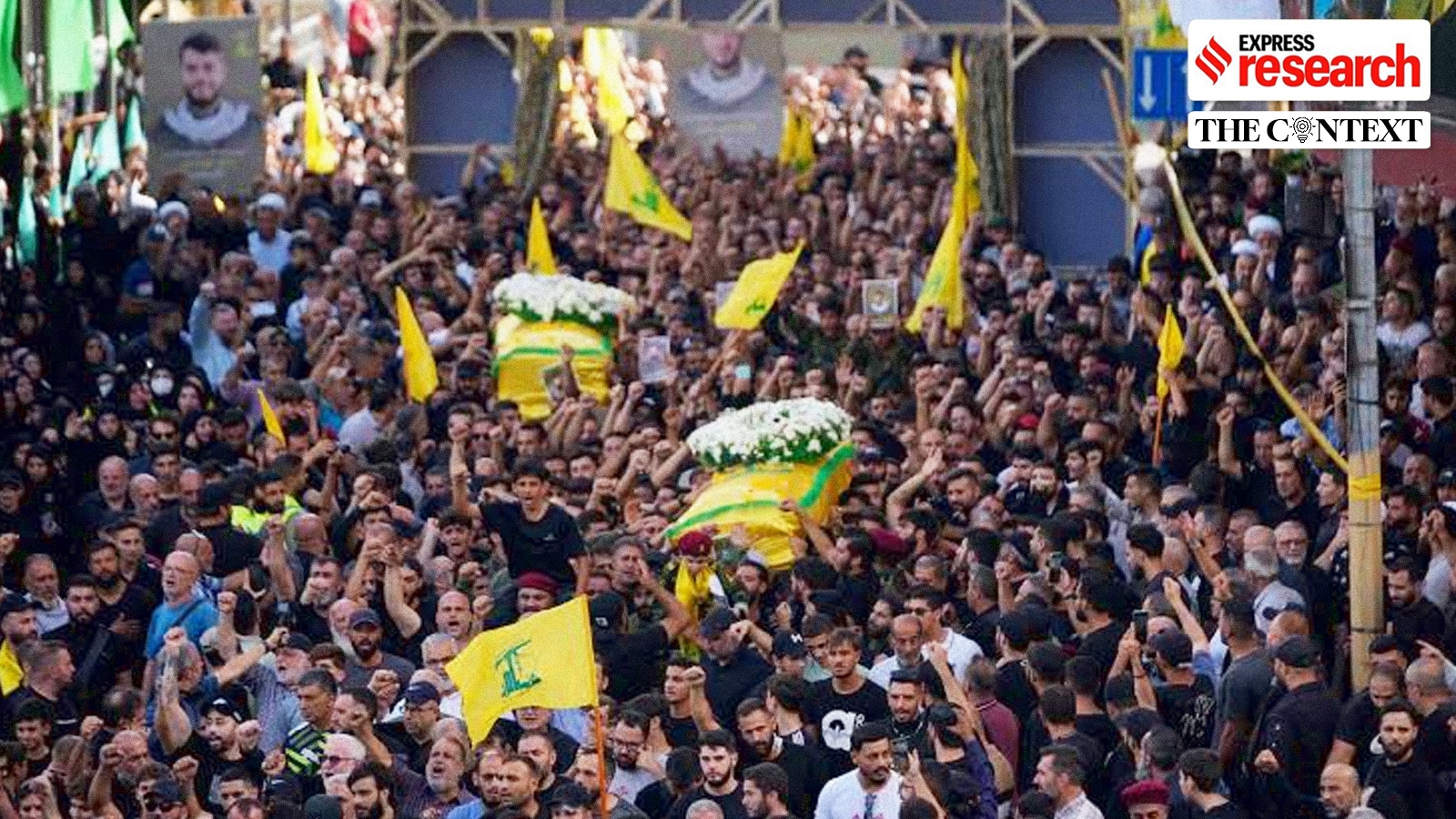 |
|
The protracted conflict between Israel and Hezbollah, a Shi'a Islamist movement, finds its roots deeply embedded in the tumultuous history of South Lebanon. Specifically, the 15-year struggle from 1985 to 2000, often overshadowed by other regional conflicts, played a pivotal role in shaping Hezbollah's transformation from a small militia into a powerful non-state actor with significant influence in the Middle East. This period witnessed the rise of a formidable resistance movement, a struggle for regional dominance, and the enduring consequences of a complex geopolitical entanglement.
The seeds of the conflict were sown in the 1960s and 1970s when displaced Palestinians, including militants affiliated with the Palestine Liberation Organization (PLO), began to settle in South Lebanon. This influx, fueled by the ongoing Arab-Israeli conflict, led to clashes between Palestinians and Christian militias, ultimately igniting the Lebanese Civil War. The war, a proxy conflict between the Soviet Union and the United States, saw Palestinian groups utilize Southern Lebanon as a launchpad for attacks against Israeli towns, further escalating tensions. In response, Israel, seeking to create a buffer zone to protect its northern border, launched an incursion into Southern Lebanon in 1978, marking the beginning of a protracted military presence in the region.
The situation took a dramatic turn in 1982 when Israel, determined to expel the PLO from Lebanon, launched a full-scale invasion. The operation, which culminated in the capture of Beirut, saw Israel achieve its initial objective but also significantly intensified the conflict. By 1985, Israel had withdrawn from most of Lebanon but maintained a security zone in South Lebanon, spanning 15-20 kilometers, to prevent cross-border attacks. This zone was patrolled by the South Lebanon Army (SLA), a Christian militia allied with Israel, and became a focal point of resistance for various Lebanese groups, particularly Hezbollah.
Hezbollah, formed in the early 1980s amidst the chaos of the Lebanese Civil War, emerged as a direct response to the Israeli occupation. Supported by Iran, Hezbollah saw the opportunity to promote its revolutionary ideals and challenge Israeli dominance in the region. Initially focused on resisting the Israeli occupation, Hezbollah’s goals evolved to encompass the establishment of an Islamic state in Lebanon, mirroring the Iranian model, and opposing Western influence in the region. Their rise was characterized by strong grassroots support among Lebanon’s marginalized Shia population, especially in South Lebanon. This support stemmed from their provision of essential social services like healthcare and education, making Hezbollah a powerful political force.
Hezbollah’s military wing employed guerilla tactics, including ambushes, roadside bombs, and rocket attacks, to constantly harass Israeli and South Lebanon Army forces. This strategy led to significant civilian casualties, particularly in the 1996 operation known as “Grapes of Wrath”. This operation aimed to suppress Hezbollah’s rocket fire but resulted in a devastating attack on a UN compound in Qana, killing over 100 Lebanese civilians. The incident drew international condemnation and highlighted the devastating consequences of the conflict, particularly the targeting of civilian areas by both sides. However, Hezbollah’s tactics, although controversial, were ultimately successful in wearing down Israeli resolve and garnering international sympathy.
By the late 1990s, Israel’s prolonged presence in South Lebanon had become unsustainable. The constant targeting of Israeli soldiers by Hezbollah, coupled with public fatigue in Israel over the costly occupation, fueled calls for withdrawal. The conflict, once deemed essential for national security, was now seen as a drain on resources and lives. Hezbollah, through their tenacious guerilla tactics, had turned the occupation into a war of attrition, leaving the Israeli government with limited options. The decision to unilaterally withdraw in 2000, without a peace treaty, represented a strategic victory for Hezbollah, further bolstering their image as a successful resistance movement.
The withdrawal, while ending the 15-year occupation, did not bring about lasting peace. The scars of the conflict remain deeply etched in the region. Hezbollah emerged as the “spearhead of resistance against Israel”, dominating Lebanese politics and wielding significant influence in the region. Their success inspired other militant groups across the Middle East, who adopted their guerilla tactics and rocket attacks, most notably Palestinian groups in Gaza. Israel, deeply affected by its experience in Lebanon, learned valuable lessons about the complexities of engaging with non-state actors. The trauma of the long occupation and the difficulties of fighting a resilient force like Hezbollah influenced their subsequent military strategies, prompting a shift towards airstrikes and short-term incursions instead of full-scale occupations.
The South Lebanon conflict of 1985-2000 transcended the confines of a local struggle between Israel and Hezbollah. It became a pivotal chapter in the broader Middle Eastern narrative, demonstrating the power of non-state actors to influence regional politics and security. The conflict’s legacy continues to shape the volatile relationship between Israel and Hezbollah, leaving an enduring impact on Lebanon’s political landscape and serving as a cautionary tale about the complexities and consequences of protracted conflicts.
Source: How the Israel-Hezbollah war can be traced to a 15-year conflict in South Lebanon
